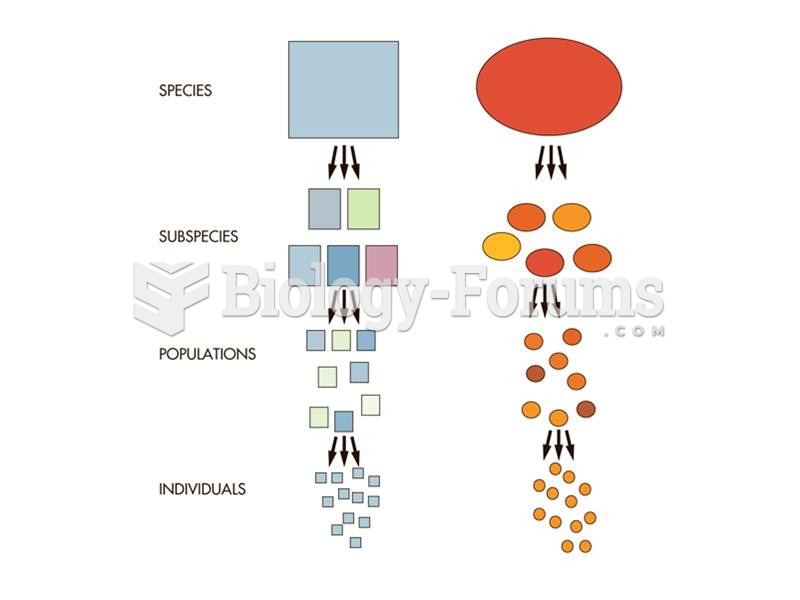Answer to Question 1
The intersectional approach suggests that lesbian, gay, bisexual, and transgender persons are not only oppressed because of their sexual orientation and gender identity. People in these groups are not of only one race, ethnicity, or age. A person can experience multiple layers of oppression due to the categories in society that they inhabit. The intersectional approach states that these factors are dynamic and situation specific. Oppression of people is linked; for example, homophobia and sexism are at play when considering how lesbian women are treated by society. For social workers it is important to consider how societal oppression can affect LGBTQ persons in many ways in conjunction with homophobia and transphobia.
Answer to Question 2
Pros
1. Same-sex couples should be allowed to publicly celebrate their commitment in the same way as heterosexual couples.
2. Same-sex couples should have access to the same benefits enjoyed by heterosexual married couples.
3. Marriage is redefined as society's attitudes evolve, and the majority of Americans now support gay marriage.
4. Gay marriage is protected by the Constitution's commitments to liberty and equality.
5. Legalizing gay marriage will not harm heterosexual marriages or family values, and society will continue to function successfully.
6. If the reason for marriage is strictly reproduction, infertile couples would not be allowed to marry.
7. Same-sex marriage is a civil right.
Cons
1. The institution of marriage has traditionally been defined as between a man and a woman.
2. Allowing gay couples to wed will further weaken the institution of marriage.
3. It potentially leads down a slippery slope giving people in polygamous, incestuous, bestial, and other nontraditional relationships the right to marry.
4. Gay marriage may lead to more children being raised in same-sex households, which are not an optimum environment because children need both a mother and father.
5. Marriage should not be extended to same-sex couples because they cannot produce children together.
6. Marriage is a religious rite between one man and one woman.
7. Gay marriage is incompatible with the beliefs, sacred texts, and traditions of many religious groups.







